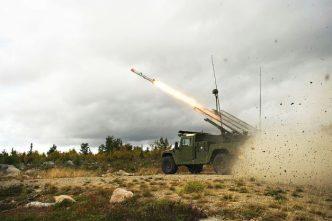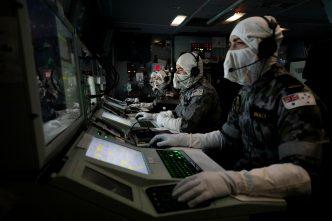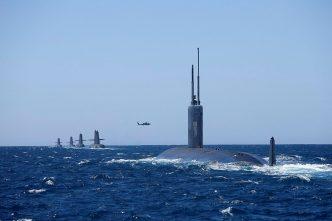Australia’s 2023 Defence Strategic Review (DSR) prescribed the ADF a ‘strategy of denial’ using an Anti-Access/Area-Denial (A2/AD) force structure to deny adversaries the ‘freedom of action to militarily coerce Australia and to operate against Australia …
The aim of an Australian Defence Force conventional deterrence by denial capability is to ensure that key combat and support assets survive initial enemy air and missile attacks should Australia become involved in a high-intensity …
The 2020 defence strategic update unveiled three strategic objectives: to ‘shape’ Australia’s strategic environment, to ‘deter’ adversaries from using armed force against Australia and its national interests, and to ‘respond’ with credible military force that …
‘Vampire! Vampire! Vampire!’—three words that would send shivers down the spine of any ship’s captain. This is because ‘vampire’ is the US military’s brevity code for a hostile anti-ship missile. Typically, advanced anti-ship cruise missiles …
The threat spectrum for surface combatants—ships that can engage air, surface, subsurface and shore targets—is rapidly expanding and increasingly lethal. Threats include mines, torpedoes, cruise missiles, ballistic missiles and swarms of microdrones. This article focuses …
Picking the right design for the Royal Australian Navy’s nuclear-powered submarines is extraordinarily complex and difficult choices will need to be made. There are two contenders, the Royal Navy’s Astute-class submarine and the US Navy’s …





